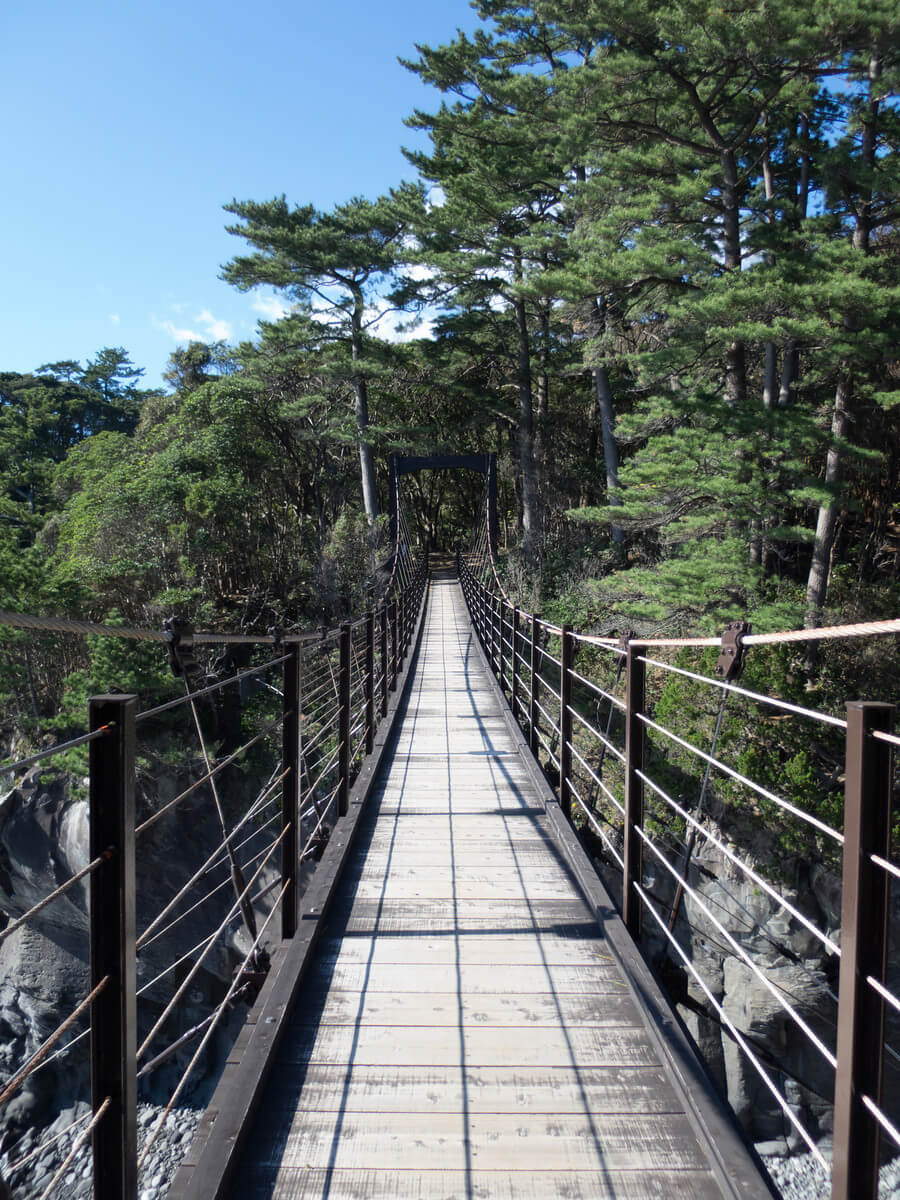Filing a patent application can be the first step toward protecting your innovation and securing your business future. But does U.S. patent protection also grant you protection in other countries?
Short answer: Nope. Patent protection is jurisdictional, and limited to the country that granted that patent.
Especially if you’re trying to build an international business or have lots of overseas competitors, you’ll need to think through how you’ll protect your competitive advantage in your home country and abroad.
Here’s a look at how patent protection works outside the U.S., what you can do to get protection overseas, and tips you may be able to use during your international patent application process.
The Basics of Patents
A patent is the granting of a property right to an inventor. In most countries around the world, if an inventor files a patent application, which becomes an issued patent, the inventor gets exclusive rights to the patented process, design, or invention for a fixed period of time. In exchange, the inventor agrees to offer a comprehensive disclosure of the invention that will become public domain, once that fixed period of time expires.
The patent right is typically granted to the inventor by a sovereign government, such as the United States, and is recognized by the granting government under that government’s patent laws. The inventor can keep the patent right, or sell or license the rights to another entity. In some situations, such as if the invention was conceived while working for an employer, then the patent right might be assigned to the employer.
In the U.S., for example, an issued patent typically grants 20 years of monopoly to the owner of the patent rights to practice the invention. In other words, a U.S. patent is recognized under U.S. patent law. It is not recognized anywhere else.
PCT Application
Unfortunately, there is no “international patent” that will grant you worldwide patent protection. You CAN however, take advantage of various international agreements that will allow you to consolidate your international patent filings.
The big one is the Patent Cooperation Treaty (PCT) application, which can be filed anytime within one year of a patent application filing in their home country. Filing one PCT application is equivalent to filing a patent application at all of the PCT member countries (currently 153 total).
You can think of the PCT application as a placeholder to help you hold your place in line at the patent offices of the PCT countries while you consider whether to spend your time and money in patent protection at specific countries. You’ll keep the same priority date in every member country where you seek patent protection. Additionally, you’ll get an International Search Report and Written Opinion (ISR/WO) at around 18-months from the priority date, which is much earlier than any action you’d receive from the USPTO.
You will still have to file national applications in each member country within 30-months from the priority date, which will cost ~$10,000+ per country. That is, there is no “PCT patent” that will be issued — you’ll have to file separate patent applications in each jurisdiction. However, the PCT application will buy you more time and more information to consider in making the decision on additional investment in the patent applications.
One warning about PCT applications is that there are countries that are NOT part of the Patent Cooperation Treaty. There are other international agreements, such as the Paris Convention, that outline mechanisms in which one country would honor the patent rights granted in another country. Be sure to talk with an IP professional, if you intend to do a lot of business in, for example, Taiwan or certain parts of the African continent.
Regional and Country-Specific Protection
If you know you intend to do business in a specific part of the world, there are some regional patent offices that examine patent applications for an entire region. These include:
- African Intellectual Property Organization (OAPI)
- African Regional Intellectual Property Organization (ARIPO)
- Eurasian Patent Organization (EAPO)
- European Patent Organisation (EPO)
- Patent Office of the Cooperation Council for the Arab States of the Gulf (GCC Patent office)
Again, even if you were to get your patent application through one of these regional patent offices, you’d still have to pay separately for patent protection in each of the member countries participating in these regions. Still, it could still save you a lot of money and headache by using one of these regional offices.
It’s simply impractical and too costly to file for patent protection in every country around the world. You should consider filing for patent protection only in those countries that are home to your company, your competitors, your manufacturers, and/or your customers. For instance, if a copycat might produce counterfeit versions of your product outside the US while your primary customer base is in the US, then you might consider filing for patent protection only in the US, then rely on non-patent mechanisms, such as the International Trade Commission, to stop the counterfeits from coming into the country.
As you can see, filing a U.S. patent application is just the tip of the iceberg. That’s where Patents Integrated can help. We make it easy for inventors and entrepreneurs to do the visionary work that will turn big ideas into big results. Ready to take a smarter approach to patents? Click here to get started.





